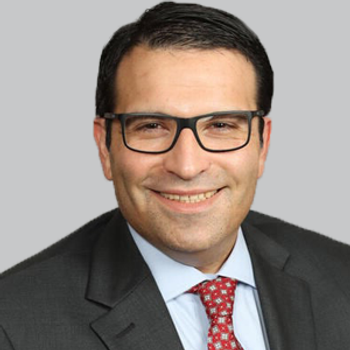
Practical Pathways for Ruptured vs Unruptured Aneurysms: Guilherme Dabus, MD

The codirector of interventional neuroradiology at Baptist Health's Neuroscience Institute, outlined a pragmatic, anatomy-first approach to aneurysm care, balancing endovascular options against open surgery and ways to tailor decision-making. [WATCH TIME: 3 minutes]
WATCH TIME: 3 minutes
"For ruptured aneurysms, if a patient is a good candidate for endovascular therapy, that’s usually our first choice given lower morbidity and mortality—but anatomy still rules; some small, wide-neck MCA aneurysms are best clipped."
Intracranial aneurysm is a common and life-threatening neurological disease caused by abnormal swelling or dilation of the walls of intracranial arteries. With the increased development of medical imaging technology, more intracranial aneurysms have been found, and the incidence rate among the general population is more than 3%. While most aneurysms are small, the identification of these aneurysms with a high risk of rupture is pivotal to improving management strategies in the future.
Guilherme Dabus, MD, codirector of interventional neuroradiology at
Throughout the conversation, Dabus touched on several approaches: simple coiling, stent-assisted coiling, flow diversion, and intrasaccular flow disruptors. He emphasized that robust data favor endovascular therapy for many ruptured cases due to lower morbidity/mortality, while acknowledging that surgical clipping remains optimal in select scenarios.
Newsletter
Keep your finger on the pulse of neurology—subscribe to NeurologyLive for expert interviews, new data, and breakthrough treatment updates.


































